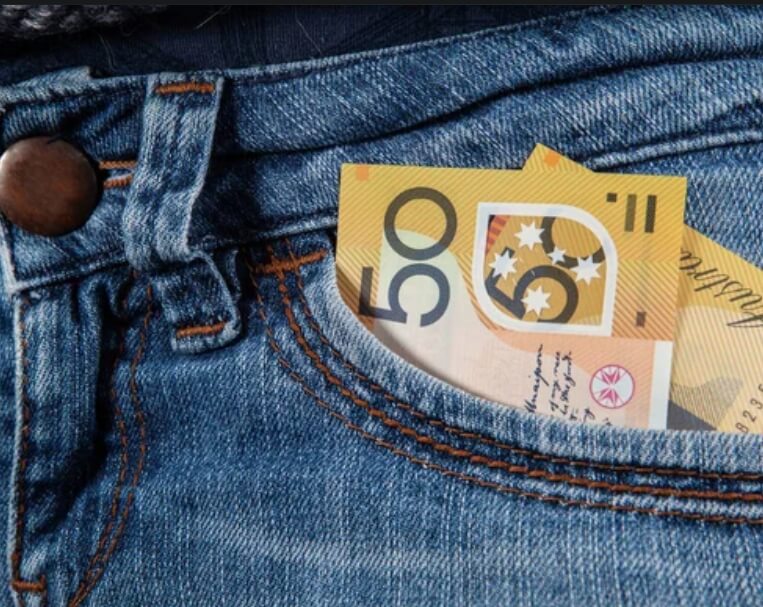AUD/JPY falls below 92.50, further downside appears due to rising odds of BoJ rate hikes

AUD/JPY depreciates as Japan's upbeat Machinery Orders data increase the chances of rate hikes by the BoJ.
The JPY continues to gain ground due to the increased potential of a US-Japan trade deal.
Australia’s Manufacturing PMI remains steady at 51.7 in May, meanwhile, Services PMI declines to 50.5.
AUD/JPY hits a fresh two-week low, with trading around 92.30 during the European hours on Thursday. The Japanese Yen (JPY) could appreciate further against its peers as Japan's upbeat Machinery Orders data raise the odds for more interest rate hikes by the Bank of Japan (BoJ) as it counters recession fears and boosts hopes for an economic recovery.
Additionally, the JPY attracts buyers as Japan is expected to strike a trade deal with the United States (US). Japan's Trade Minister Ryosei Akazawa is expected to attend the upcoming third round of ministerial-level talks with US Trade Representative Jamieson Greer. Moreover, US Treasury Secretary Scott Bessent is also likely to take part in the trade negotiations.
On Thursday, data showed that Japan’s Core Machinery Orders, a key leading indicator of capital spending over the next six to nine months, rose 13.0% in March, against the expected 1.6% decline. This marks the highest level in nearly two decades.
The downside of the AUD/JPY cross could be limited as the Australian Dollar (AUD) moves higher following the release of the preliminary S&P Global Purchasing Managers Index (PMI) data. Australia's Manufacturing Purchasing Managers' Index remains steady at 51.7 in May. Meanwhile, Services PMI declines to 50.5 from the previous reading of 51.0, while the Composite PMI eases to 50.6 in May versus 51.0 prior.
The AUD has recovered losses recorded on Tuesday, following the Reserve Bank of Australia’s (RBA) decision of a 25 basis points rate cut. Moreover, RBA Governor Michele Bullock supported the central bank's rate cut decision. Bullock noted that curbing inflation is important and expressed that a rate cut was a proactive, confidence-boosting move that was suitable given the state of the economy.
* The content presented above, whether from a third party or not, is considered as general advice only. This article should not be construed as containing investment advice, investment recommendations, an offer of or solicitation for any transactions in financial instruments.


